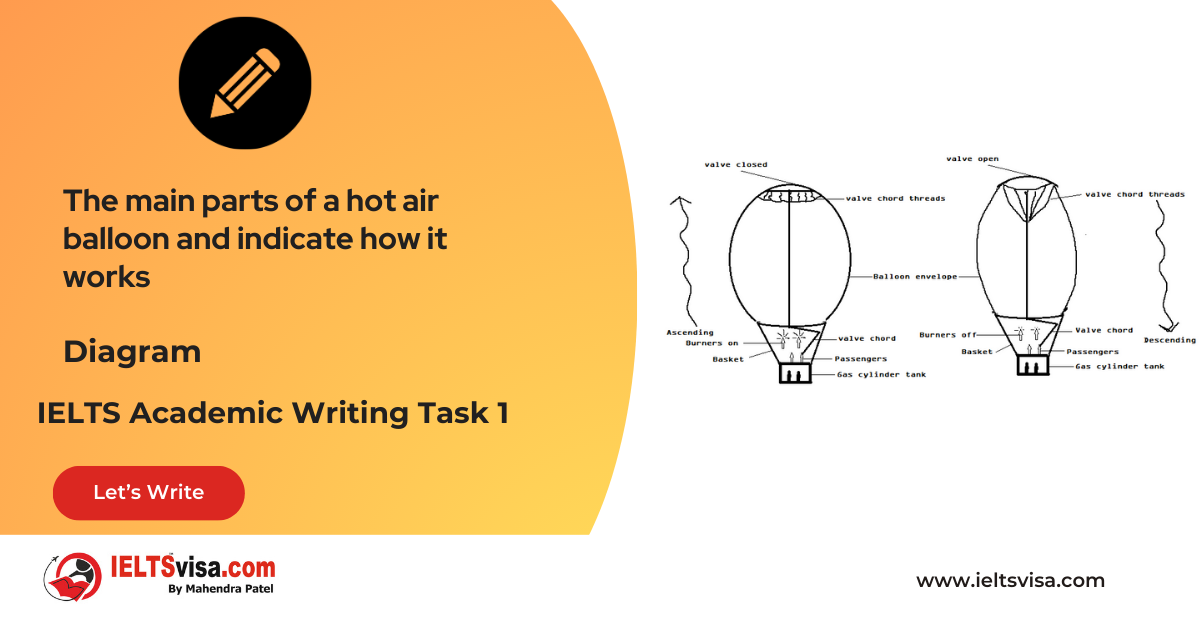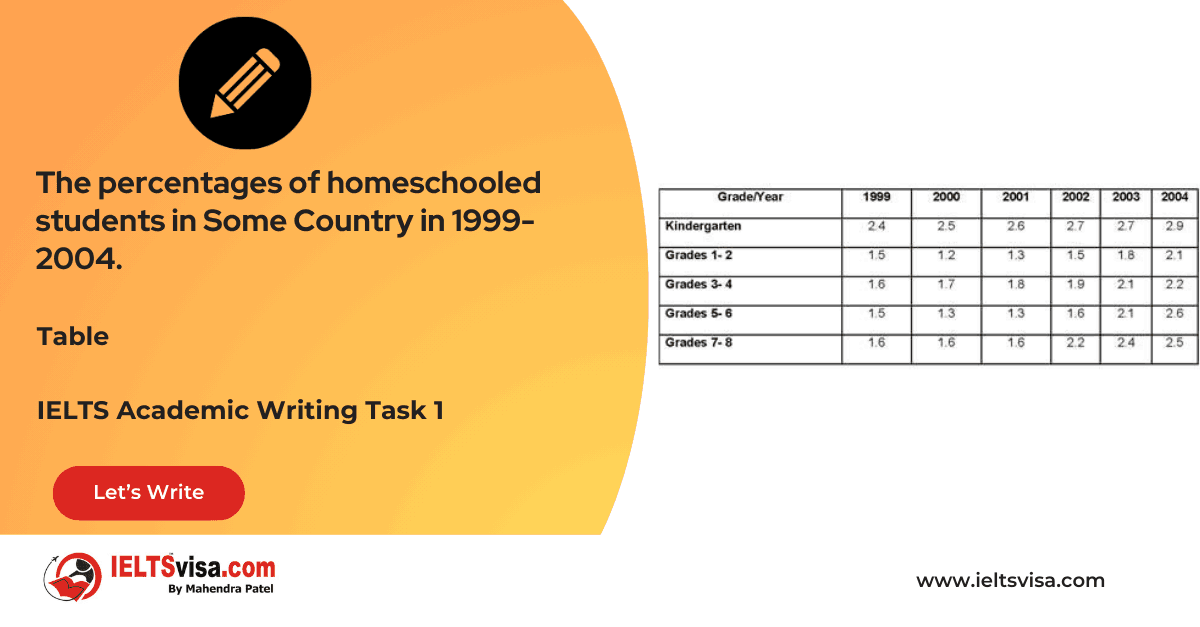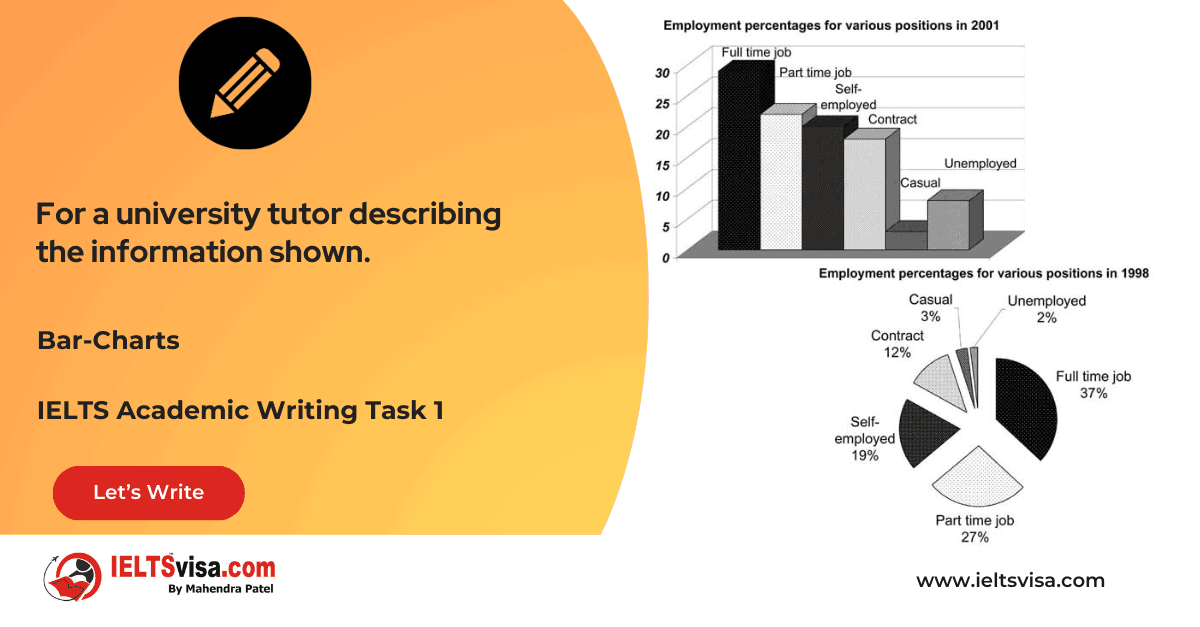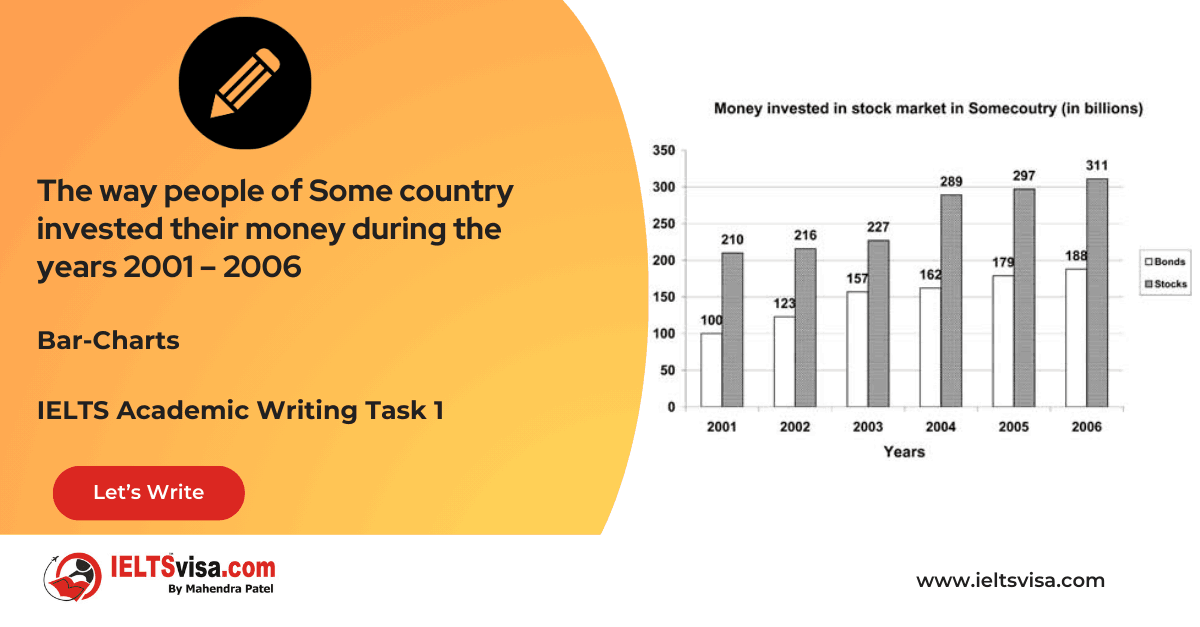Percentage of Good Quality River Water in Four Countries (1995–2018)
IELTS Academic Writing Task 1 - Line Graph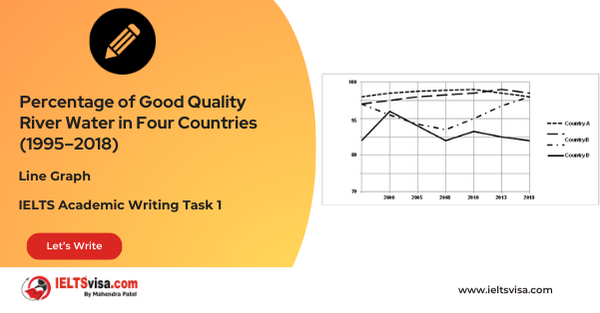
IELTS Writing Task 1 Question
The diagram below shows the percentage of good quality river water in four countries from 1995 to 2010. It also shows the prediction for 2018. Summarise the information by selecting and reporting the main features and make comparisons where relevant.
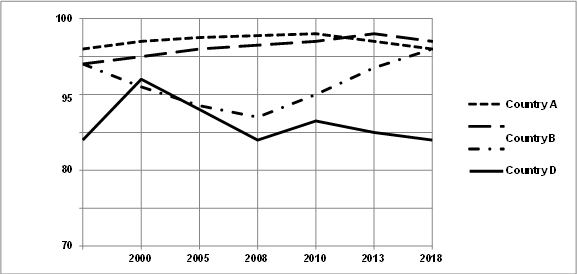
Common Questions for the Line Graph
1. Graph Type: Line Graph
2. Title: Percentage of Good Quality River Water in Four Countries (1995–2018)
3. What are the units of measurement?: Percentage of good quality river water
4. Who: Four unnamed countries (A, B, C, D)
5. When: 1995 to 2018 (includes predictions after 2010)
6. Where: Not specified
7. Topic: Trends in the quality of river water over time
Comparison Showing and Trends Any change over time (such as an increase or a decrease) is a trend.
Comparison 1: Countries A and B (High Stability)
- Details:
1. Country A: Increased slightly from 96% in 1995 to 98% by 2010, but predicted to decline back to 96% by 2018.
2. Country B: Rose steadily from 94% in 1995 to 98% in 2010, with a slight decline expected by 2018.
Comparison 2: Country C (Fluctuations with Recovery)
-
Details:
1.Declined from 94% in 1995 to 87% by 2008.
2. Recovered steadily, reaching 94% by 2013, with predictions of a further rise to 96% by 2018.
Comparison 3: Country D (Worst Quality)
- Details:
1. Started at 85% in 1995, peaking briefly at 92% in 2000 and again in 2008.
2. Declined slightly thereafter and is predicted to continue falling beyond 2018.
Sample Answer
The line graph illustrates the percentage of good-quality river water in four countries from 1995 to 2010, with predictions extending to 2018.
Overall, countries A and B displayed relatively stable trends, while countries C and D experienced fluctuations.
Country A had a high proportion of good-quality water, rising marginally from 96% in 1995 to 98% by 2010. However, it is expected to decline slightly to 96% by 2018. Country B followed a similar trend, improving steadily from 94% in 1995 to 98% in 2010, with a minor drop predicted by 2018.
Country C showed a contrasting trend, with good-quality water declining moderately from 94% in 1995 to 87% by 2008. Afterwards, it recovered steadily, reaching 94% by 2013, and is expected to rise further to 96% by 2018. Country D had the lowest percentage of good-quality water, beginning at 85% in 1995. It peaked at 92% in 2000 and again in 2008, but since then, it has declined slightly and is predicted to continue this downward trend.
Top 25 Vocabularies
| Vocabulary | Type | Meaning | Synonyms | Examples |
| Fluctuation | Noun | Irregular rising and falling in amount | Variation, Oscillation | Country C showed fluctuations in water quality over time. |
| Stability | Noun | A state of being consistent | Steadiness, Uniformity | Countries A and B exhibited relative stability in water quality. |
| Decline | Verb/Noun | A gradual reduction or decrease | Drop, Decrease | Water quality in country D declined after 2008. |
| Recovery | Noun | A return to a better state | Improvement, Rebound | Country C showed a recovery in water quality after 2008. |
| Predicted | Adjective | Expected or forecasted for the future | Projected, Anticipated | Country A’s water quality is predicted to decline slightly by 2018. |
| Illustrate | Verb | To explain or make something clear using examples or visuals | Depict, Demonstrate | “The graph illustrates the percentage of good-quality river water.” |
| Proportion | Noun | A part or share of a whole | Percentage, Fraction | “Country A had a high proportion of good-quality water.” |
| Marginally | Adverb | Slightly or to a small extent | Slightly, Minimally | “Good-quality water in Country A rose marginally by 2010.” |
| Steady | Adjective | Regular, consistent, and continuous | Stable, Gradual | “Country B showed a steady improvement in water quality.” |
| Contrast | Verb/Noun | To compare in a way that highlights differences | Differentiate, Distinguish | “Country C’s trend contrasts with that of Country A.” |
| Moderately | Adverb | To a reasonable degree or extent | Slightly, Somewhat | “Country C’s water quality declined moderately over the years.” |
| Trend | Noun | A general direction in which something is developing | Pattern, Movement | “Countries A and B displayed stable trends in water quality.” |
| Peak | Verb/Noun | To reach the highest point | Summit, Climax | “Country D’s water quality peaked at 92% in 2000.” |
| Contrast | Verb | To differ strikingly | Oppose, Differ | “Country D’s trend contrasts with that of the other nations.” |
| Anticipate | Verb | To expect or predict | Foresee, Expect | “Water quality in Country C is anticipated to rise by 2018.” |
| Decline | Verb/Noun | A steady reduction in value | Decrease, Deterioration | “Country D saw a decline in water quality after 2008.” |
| Relatively | Adverb | In comparison to others | Comparatively, Somewhat | “Countries A and B showed relatively stable trends.” |
| Consistent | Adjective | Unchanging over time | Steady, Reliable | “Country A displayed consistent levels of water quality.” |
| Downward | Adjective | Moving towards a lower level | Declining, Falling | “Country D followed a downward trend after 2008.” |
| Recover | Verb | To return to a normal or better condition | Improve, Regain | “Country C recovered steadily after 2008.” |
| Moderate | Adjective | Neither too much nor too little | Average, Modest | “Country C experienced a moderate decline in water quality.” |
| Exhibit | Verb | To show a quality or feature | Display, Demonstrate | “Country B exhibited steady improvements in water quality.” |
| Forecast | Verb/Noun | To predict or estimate a future event | Predict, Anticipate | “The graph forecasts a slight drop in Country A’s water quality.” |
| Slightly | Adverb | By a small amount | Marginally, Minimally | “Country A’s water quality is expected to decrease slightly.” |
| Notable | Adjective | Worthy of attention or significance | Remarkable, Significant | “There was a notable peak in water quality in Country D.” |
| Project | Verb | To estimate or predict based on trends | Forecast, Anticipate | “Water quality is projected to decline slightly by 2018.” |
| Fluctuate | Verb | To rise and fall irregularly | Vary, Oscillate | “Country D’s water quality fluctuated significantly over time.” |
| Stable | Adjective | Unchanging and steady over time | Steady, Constant | “Countries A and B maintained stable water quality over the years.” |

Our Books
Master IELTS Speaking Part 1
IELTS Writing Task 1 Book
IELTS Writing Task 2 Book
Practice IELTS Other Modules
IELTS Listening
The IELTS Listening test assesses how well you can understand spoken English in various contexts. It lasts about 30 minutes and is divided into four sections with a total of 40 questions. The listening tasks become increasingly difficult as the test progresses.
IELTS Academic Reading
The IELTS Academic Reading section assesses your ability to understand and interpret a variety of texts in academic settings. It is designed to evaluate a range of reading skills, including skimming for gist, reading for main ideas, reading for detail, understanding inferences, and recognizing a writer's opinions and arguments.
IELTS Speaking
The IELTS Speaking test assesses your ability to communicate in English on everyday topics. It lasts 11-14 minutes and consists of three parts: introduction, cue card, and a discussion based on the cue card topic.
IELTS General Reading
IELTS General Reading tests your ability to understand and interpret various types of texts. Here are some key areas and types of content you can expect to encounter in the reading section, along with tips for effective preparation.
IELTS Academic Writing Task 1
In IELTS Academic Writing Task 1, you are presented with a visual representation of information, such as graphs, charts, tables, or diagrams, and you are required to summarize, compare, or explain the data in your own words.
IELTS General Writing Task 1
In IELTS General Writing Task 1, you are required to write a letter based on a given situation. The letter can be formal, semi-formal, or informal, depending on the prompt. Here’s a breakdown of the key components to include in your letter
IELTS Academic Writing Task 2
In IELTS Academic Writing Task 2, you are required to write an essay in response to a question or topic. Here’s a guide to help you understand the essential elements of this task
IELTS Exam Tips
To succeed in the IELTS exam, practice regularly, familiarize yourself with the test format, improve your vocabulary, develop time management skills, and take mock tests to build confidence.
Grammer for IELTS
Grammar is the foundation of effective communication in English. Understanding tense usage, subject-verb agreement, and sentence structure enhances clarity and coherence in writing and speaking.
Vocabulary for IELTS
Vocabulary plays a crucial role in the IELTS (International English Language Testing System) exam, especially in the Speaking and Writing sections. Here’s an overview of why vocabulary is important and how it impacts your performance
RECENT IELTS SAMPLES QUESTIONS AND ANSWERS
Task 1 – Diagram – A conference hall built in 1981 and planned for 2020
20:00 Start Pause Stop [df_adh_heading title_infix="IELTS Writing Task 1 Question" use_divider="on"...
Task 1 – Table – The percentages of homeschooled students in Some Country in 1999-2004.
20:00 Start Pause Stop [df_adh_heading title_infix="IELTS Writing Task 1 Question" use_divider="on"...
Task 1 – Table – For a university tutor describing the information shown.
20:00 Start Pause Stop [df_adh_heading title_infix="IELTS Writing Task 1 Question" use_divider="on"...
Task 1 – Bar-Charts – The way people of Some country invested their money during the years 2001 – 2006
20:00 Start Pause Stop [df_adh_heading title_infix="IELTS Writing Task 1 Question" use_divider="on"...
Task 1 – Diagram – Rainwater Harvesting and Conversion to Drinking Water in an Australian Town.
20:00 Start Pause Stop [df_adh_heading title_infix="IELTS Writing Task 1 Question" use_divider="on"...
Task 1 – Column graph – Percentage of Young People Enrolled in Universities in 2000 and 2007.
20:00 Start Pause Stop [df_adh_heading title_infix="IELTS Writing Task 1 Question" use_divider="on"...

